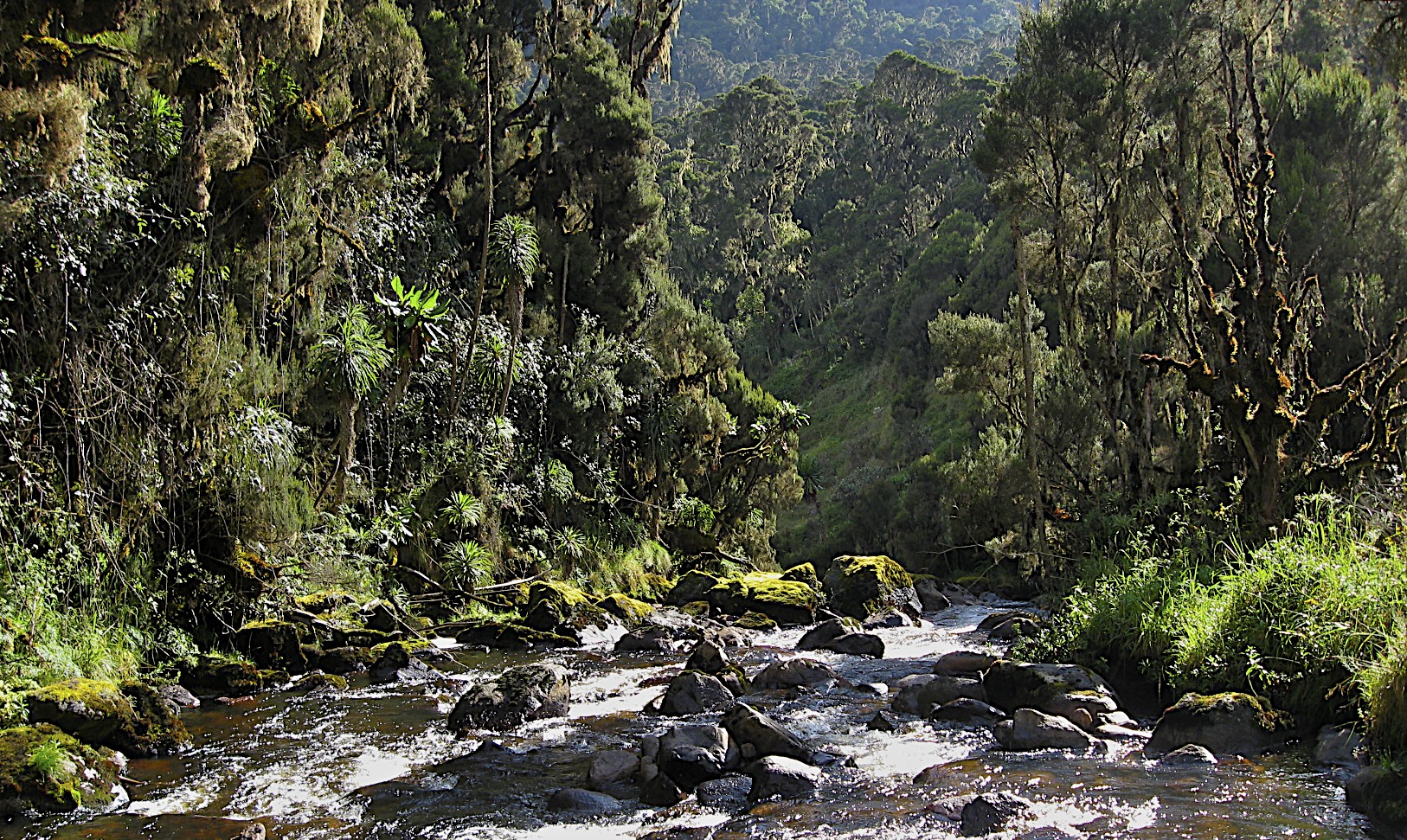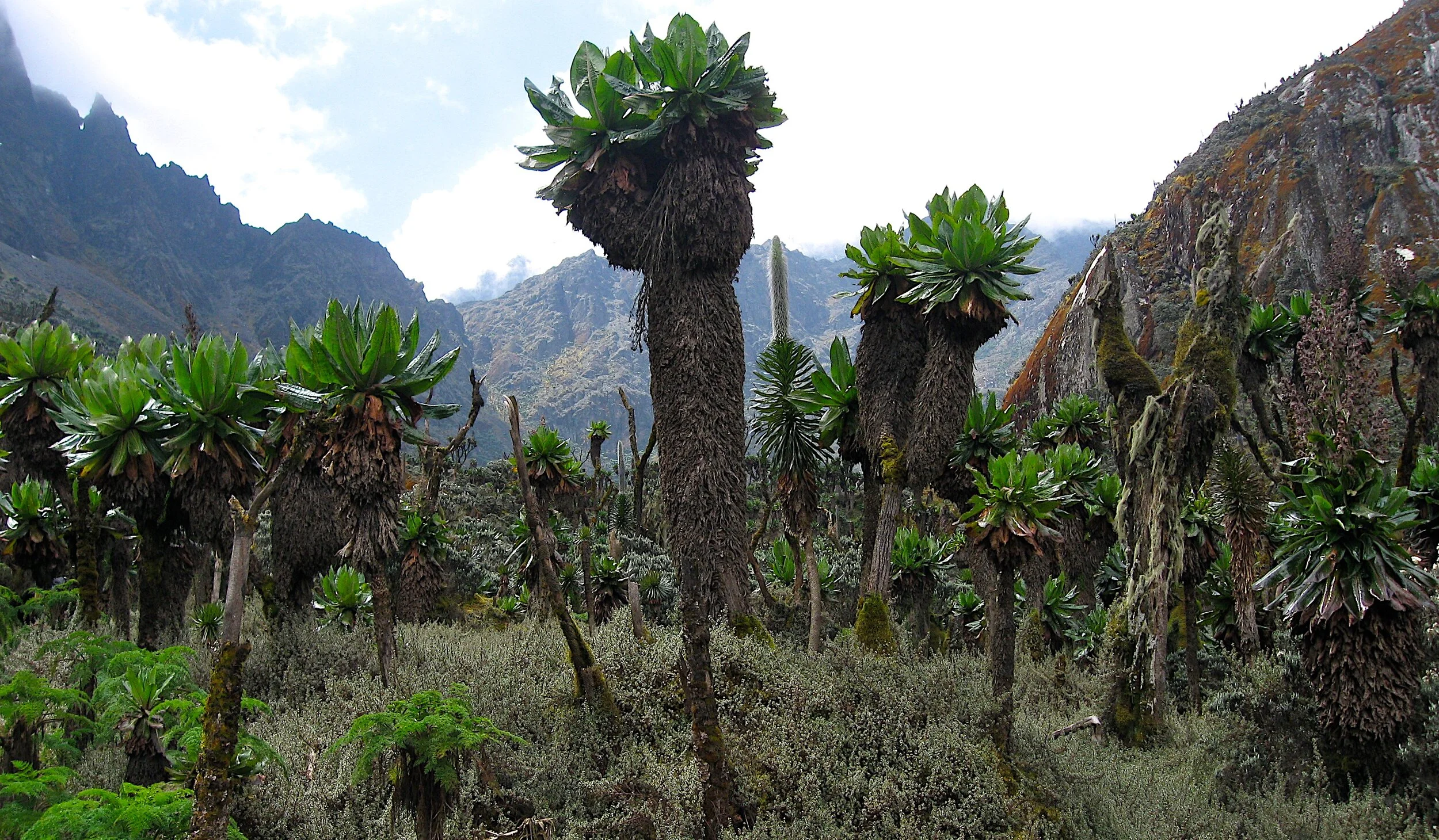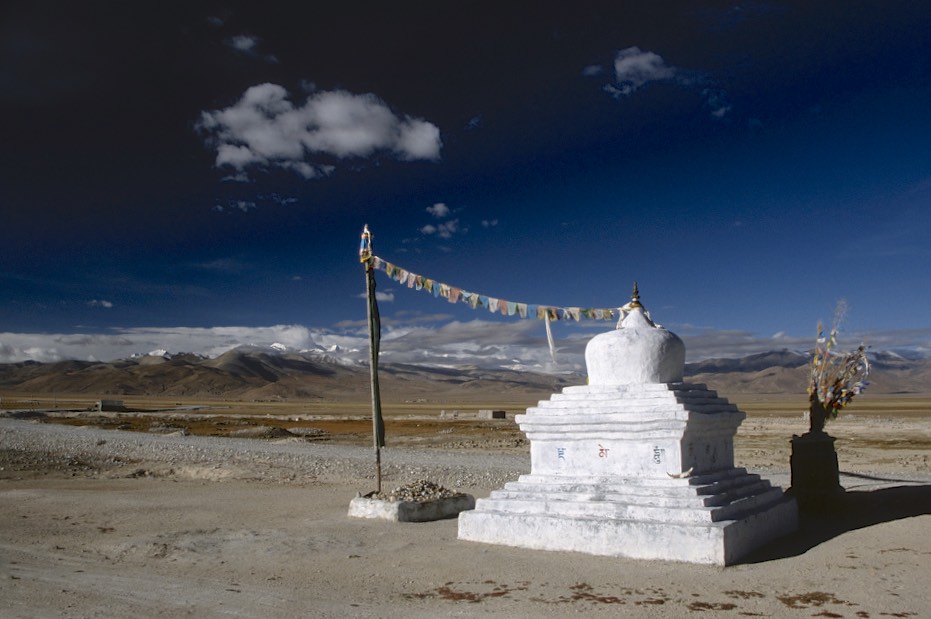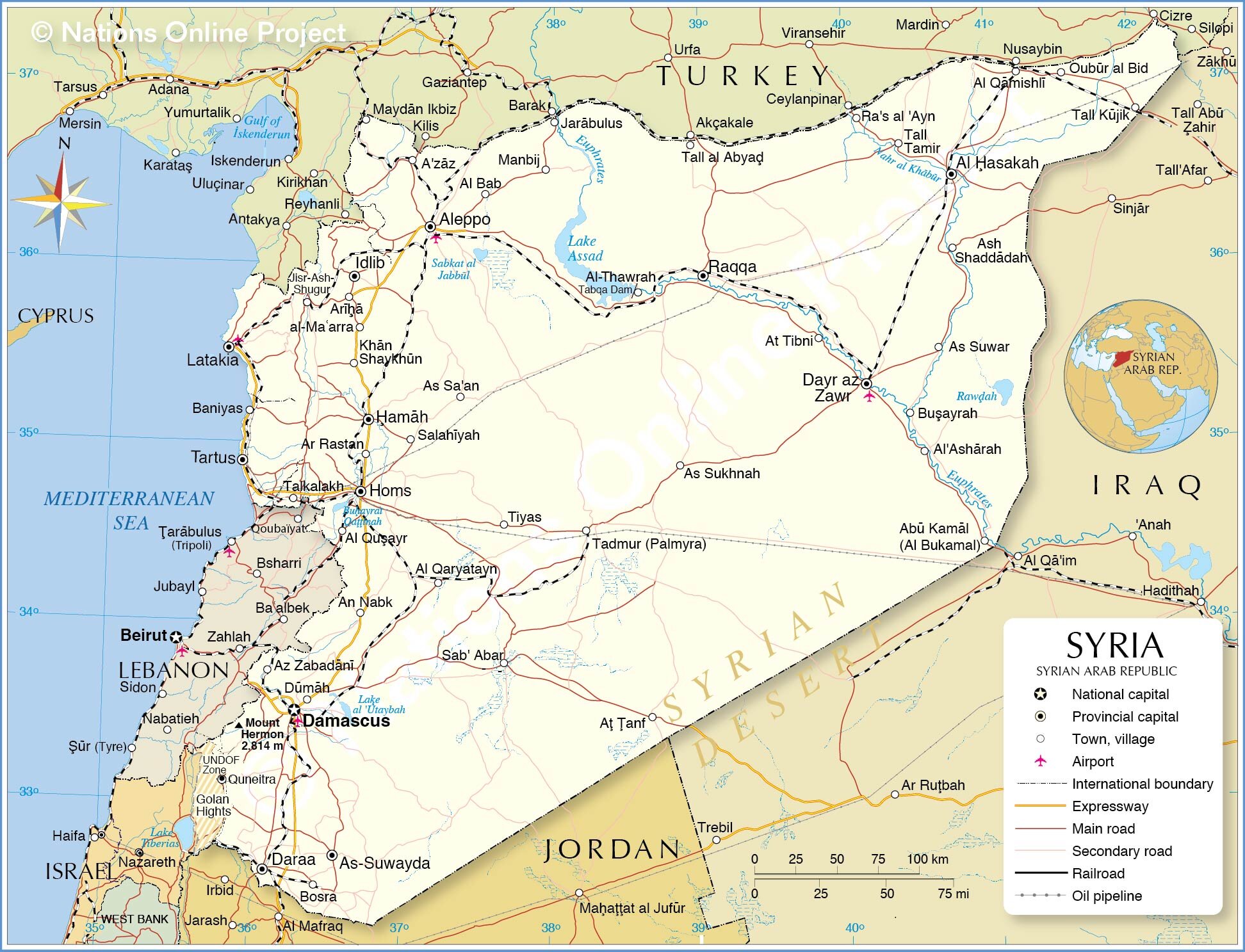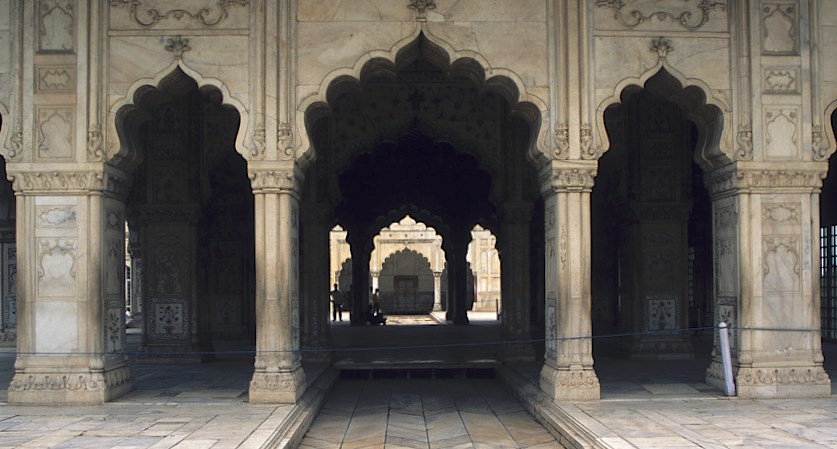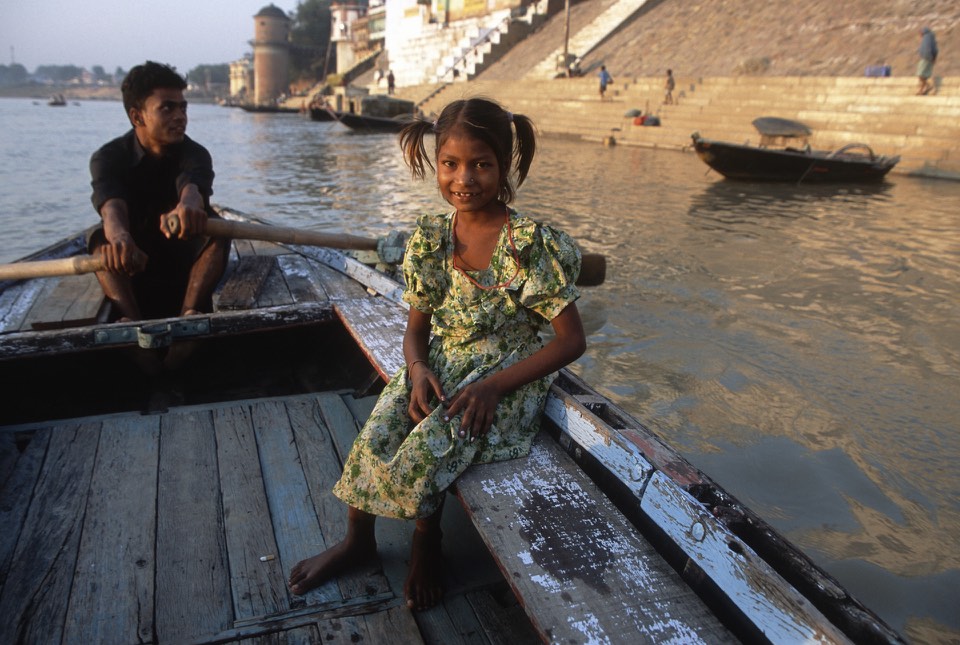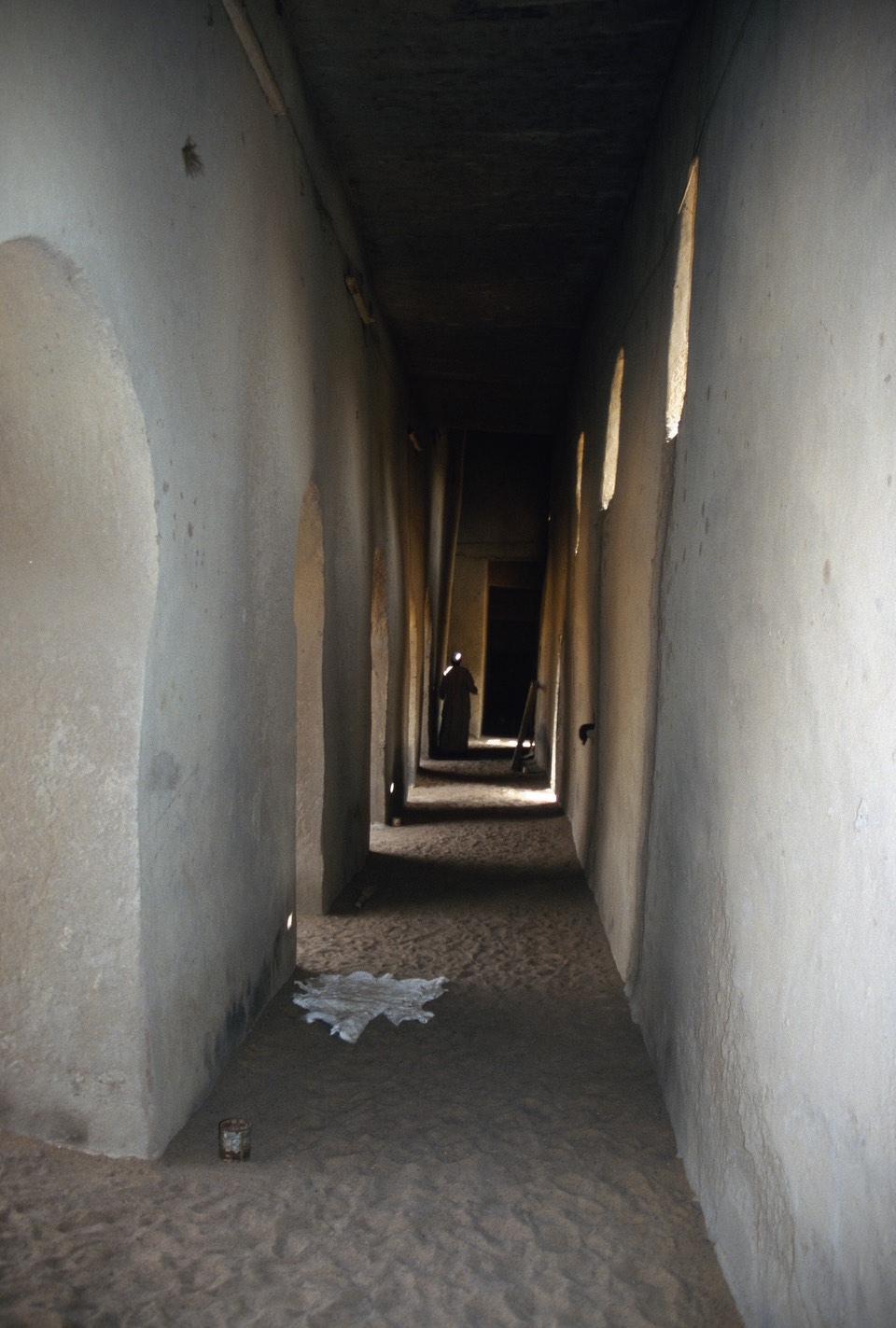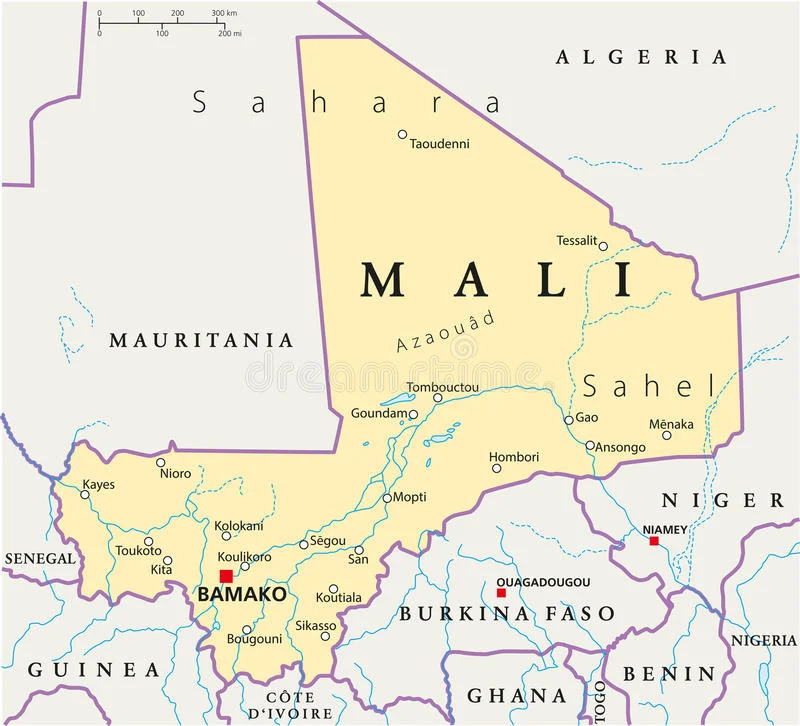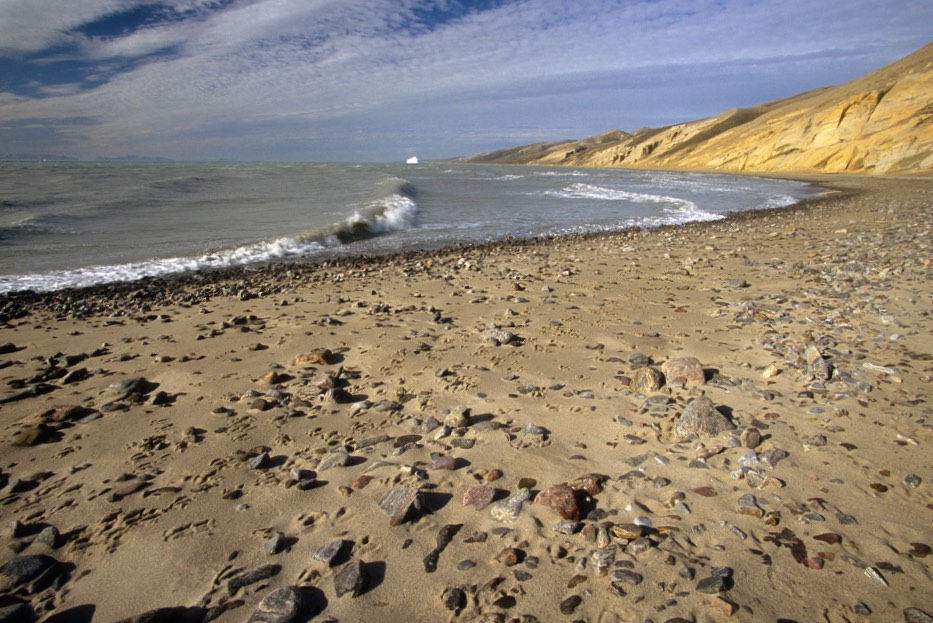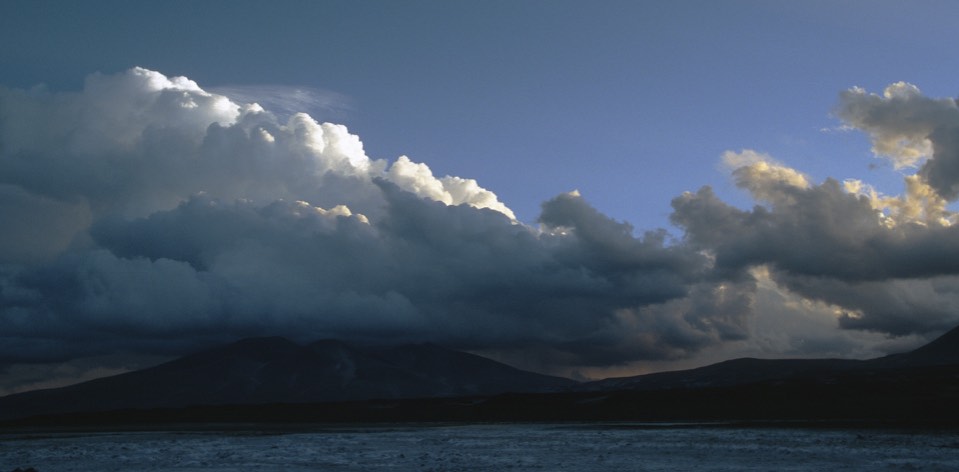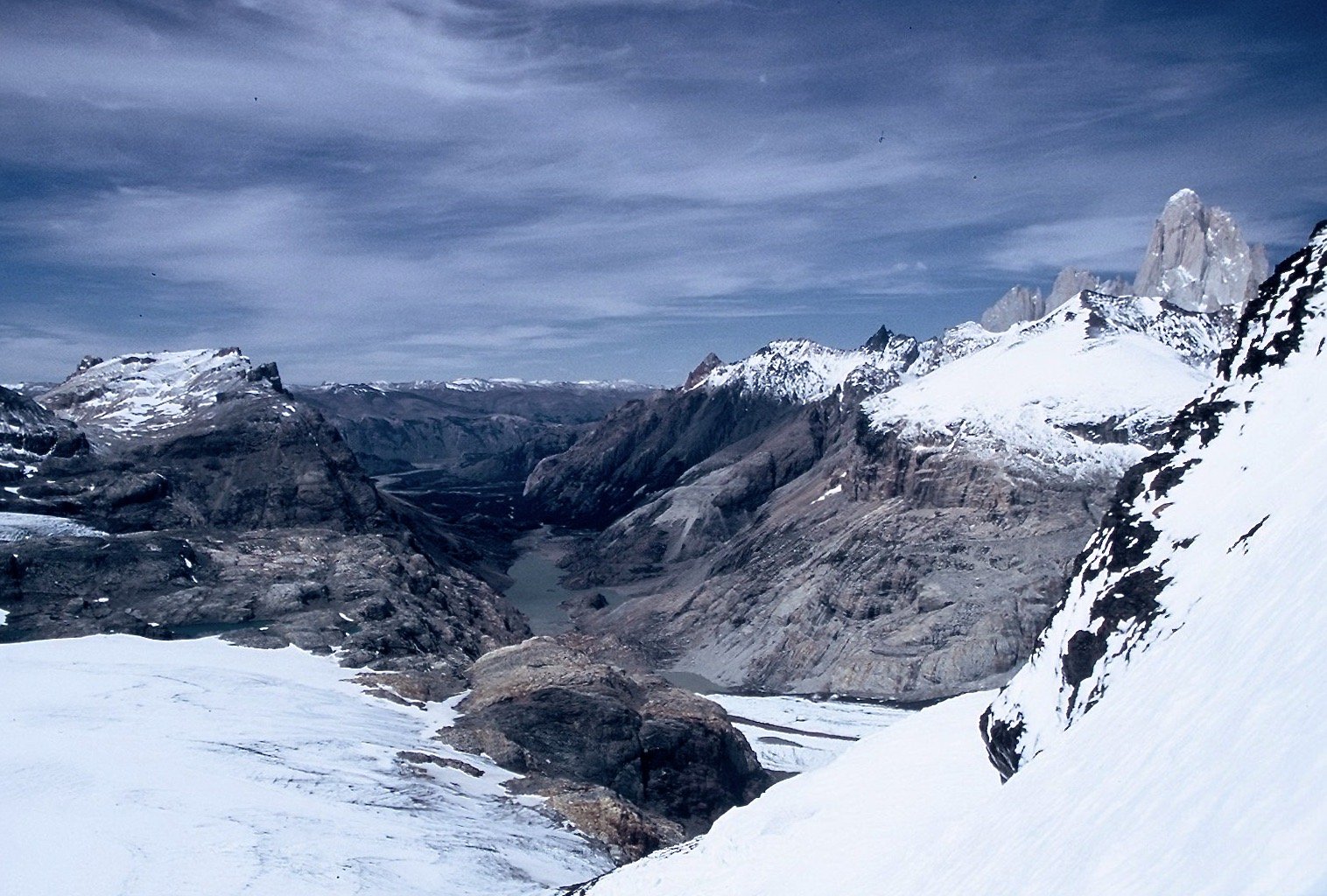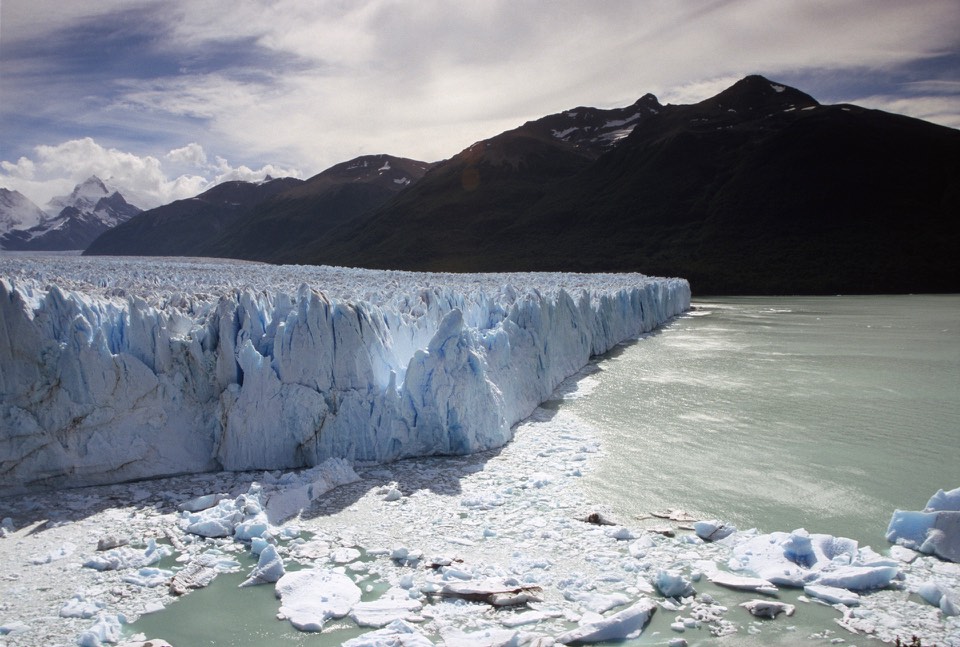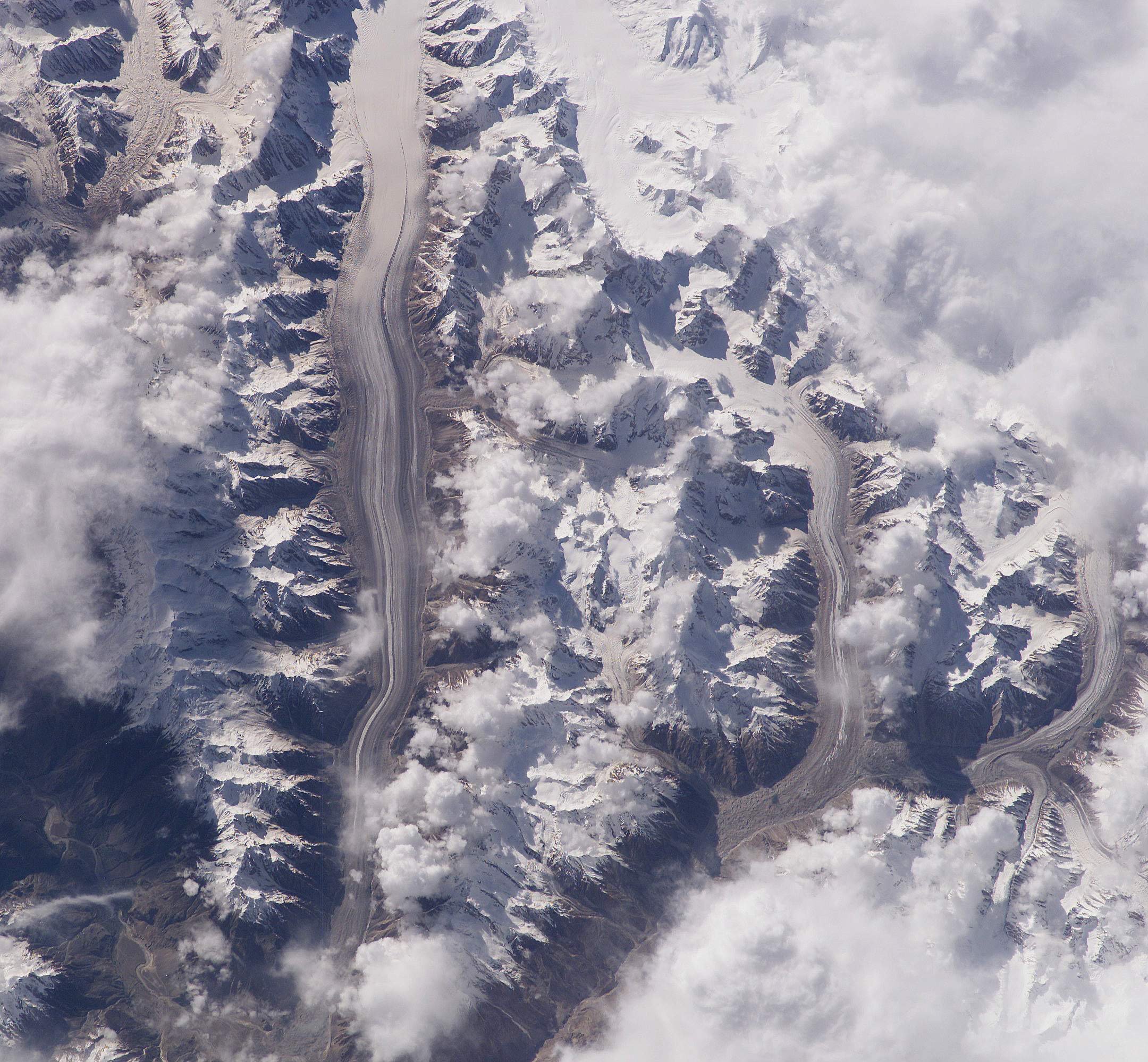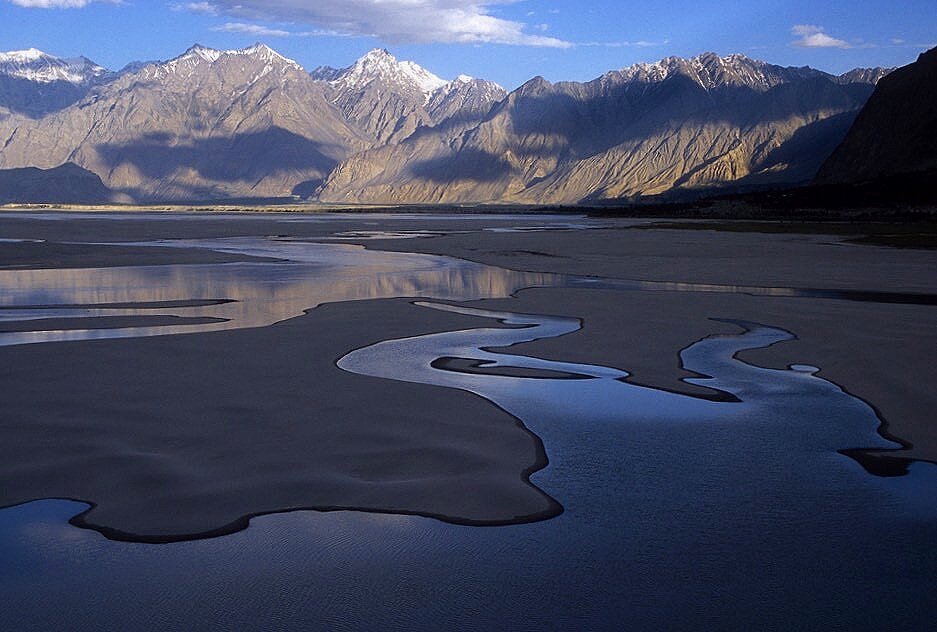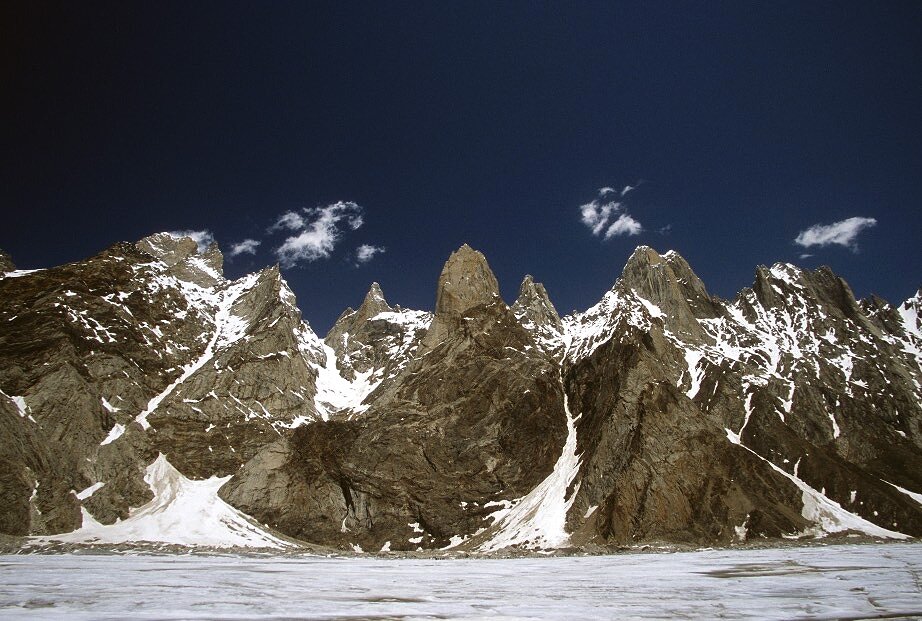Straddling the border of DR Congo and Uganda, the Rwenzoris form the tallest mountain range on the African continent. Their nickname, the Mountains of the Moon, goes back almost 2000 years, given by Alexandrian geographer Claudius Ptolemy who gathered geographical information from Arab traders about this mysterious snow-capped mountain chain in the heart of Africa. It was explorer Henry Morton-Stanley in the late 19th-century who confirmed the existence of these mountains and more appropriately adopted the name Rwenjura, meaning rainmaker which has now been corrupted into Rwenzori. The highest point of the range is the glaciated Margherita Peak at 5109 metres, the fourth highest in Africa.
The trek is about 10 days and covers a distance of 50 km. It traverses 2 passes around 4,500m/ Along the way, it is possible to ascend Mt. Speke and Mt. Margarita. Although not long, the trek is strenuous due to the challenging terrain.
Mt. Margarita 5.109m
The trek starts in the mountain hamlet of Nyakalengija, nestled on the banks of the roaring Mubuku River. There’s a lot of commotion in the village with the arrival of a group mzungus, as westerners are collectively known as in East Africa. Mountain tourism is the main reason for foreigners to visit, and usually means an army of porters is recruited to haul equipment and supplies up the mountain. It’s a rare job opportunity that attracts scores of people from the entire valley.
John Matte Hut 3,505m
Mt. Margarita 5,109m from John Matte Hut
This is the route that the famous 1906 expedition followed, led by the Duke of Abruzzi. It’s hard to imagine how these pioneers found their way through this uncharted territory, hacking their way through the thick jungle. They managed to climb all major Rwenzori peaks including Margherita Peak, an incredible feat considering there was hardly any knowledge about these mountains.
The final approach to the pass runs through open moorland with the green stacks of the Giant Lobelia’s poking out of the bog. On our right, the black rocky spine of Mount Baker, named after explorer Samuel Baker and the third highest mountain in the range.
Approaching Lake Bujuku
mud, mud and more mud
Mt. Margarita 5,109m
Mt. Alexandra from Mt. Speke
Mt. Margarita 5,109m from Mt. Speke
On Mt. Speke
Mt. Speke 4,890m
Mt. Speke
Bigo Hut 3,400m
Lake Bujuku on the way to Mt. Margarita
View from Elena Hut 4,500m
Mt. Baker from Elena Hut
Mt. Margatita 5,109 from Elena Hut
Sherpa of Uganda
Mt. Baker from the Margarita Glacier
Mt. Margarita
Summit ridge of Mt. Margarita
Mt. Alexandra from Mt. Margarita 5,083m
View into DRC (Congo)




























